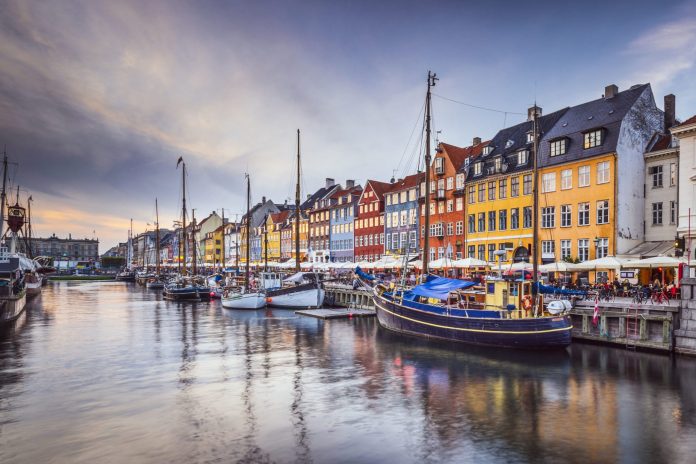The Danish capital implemented a number of smart city initiatives with vendor Cisco
Copenhagen is well known as one of the most innovative cities in Europe. The Danish capital has been also implementing a number of smart city initiatives to continue driving innovation in different areas.
The local government decided to implement intelligent solutions that would improve the citizen experience and urban mobility, while bringing city operations to a new level of environmental sustainability. Through the rollout of intelligent solutions in waste disposal, lighting, and air quality, Copenhagen is on the path to become a leading global smart city.
In order to become a smart city leader and achieve global green initiatives such as the world’s first carbon neutral capital, Copenhagen needed to gain detailed insight into their city and enable a more intelligent use of existing resources. To help achieve this, Copenhagen collaborated with U.S. networking firm Cisco and others to develop a “Street Lab” in the center of the city to develop some smart city initiatives.
One of the key smart city initiatives is the Danish Outdoor Lighting Lab (DOLL), which was developed through a partnership with Cisco and local telecommunications group TDC. This outdoor lab is located in the heart of Copenhagen and involves 40 outdoor light solutions as well as multiple parking, waste and environmental sensing solutions converged on over 10 kilometers of road.
DOLL is strengthened by Cisco’s Smart+Connected Digital Platform. This technology connects city infrastructure over a common network and data layer, which improves operational effectiveness by allowing municipal agencies to monitor, control and optimize each solution, in real time, to meet citizens’ needs.
Copenhagen additionally deployed carrier grade Wi-Fi access toward the city’s digitization with Cisco’s Digital Network Architecture for cities. This technology connects people, data, devices, processes, and even city services wirelessly. This solution also allow tourists to have a more connected experience while exploring the city.
Another key initiative for the city of Copenhagen was the goal of reducing the city’s carbon emissions and energy consumption. To achieve this the city realized that they would have to change the way they were monitoring carbon emissions and how the city was producing them. The city can now leverage the data from DOLL to identify and target pollution sources.
“City infrastructure digitization improves citizen experiences and reduces carbon emission making Copenhagen the place where new businesses want to invest and where new residents want to move to,” Copenhagen’s Mayor of Technical and Environmental Affairs, Morten Kabell, said.
With this digital transformation, Copenhagen’s technology solutions and its partner ecosystems will deliver digital innovation opportunities for the city in order to create new revenue streams, improve access to public services, better community experiences, and create new operating models.
In 2016, TDC and Cisco signed a partnership agreement to provide Smart City solutions to the whole of Denmark, including Intelligent Waste Monitoring.

